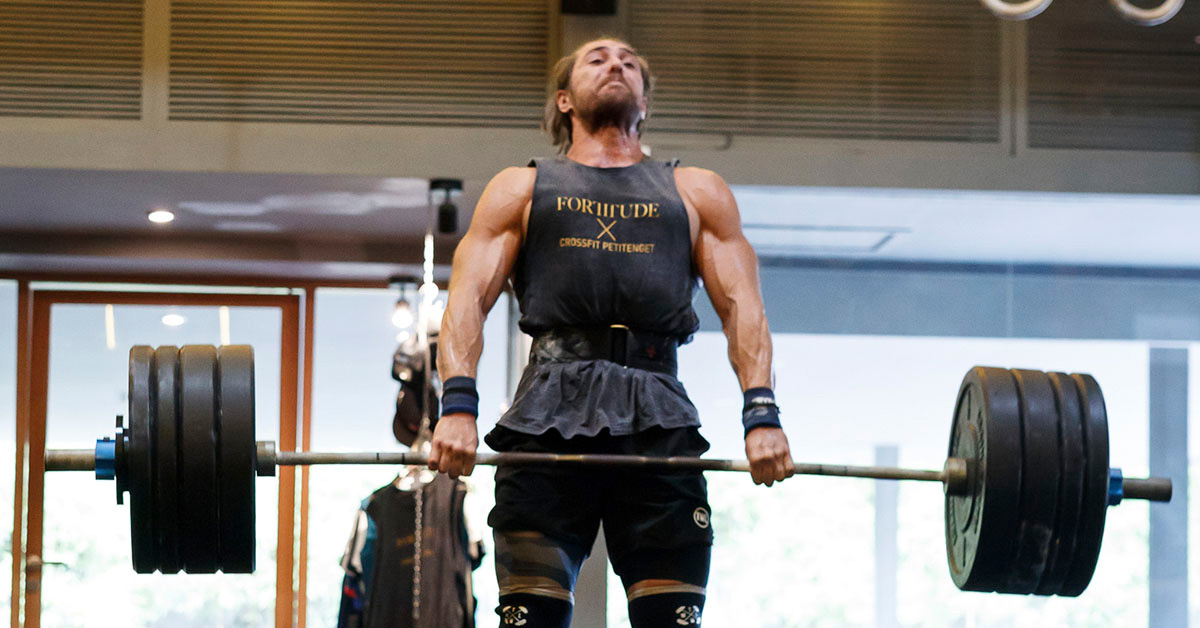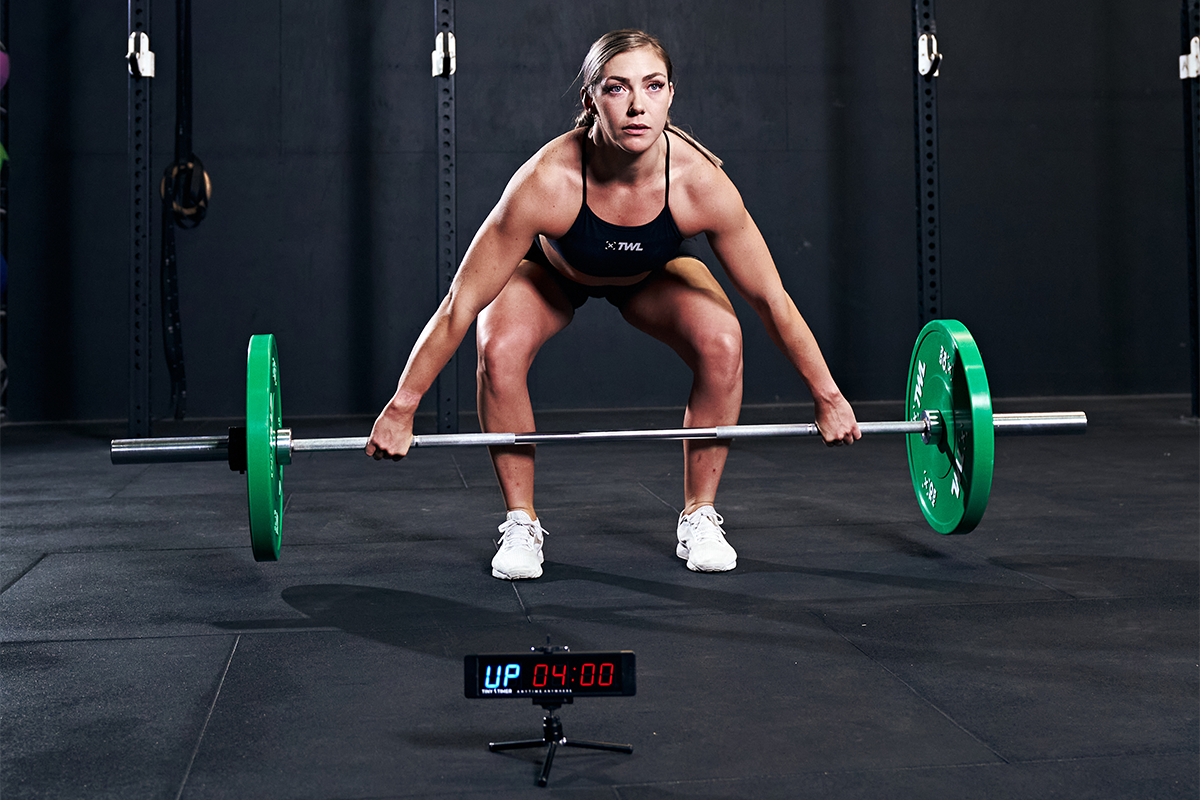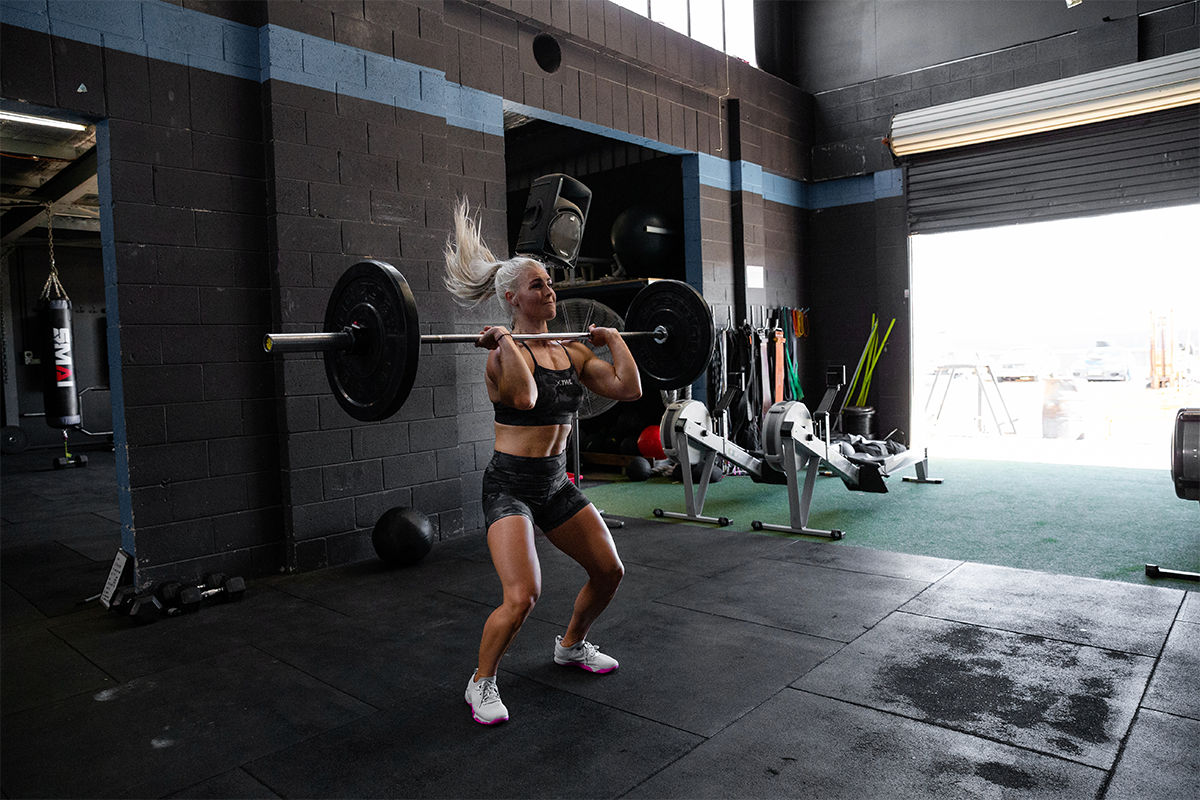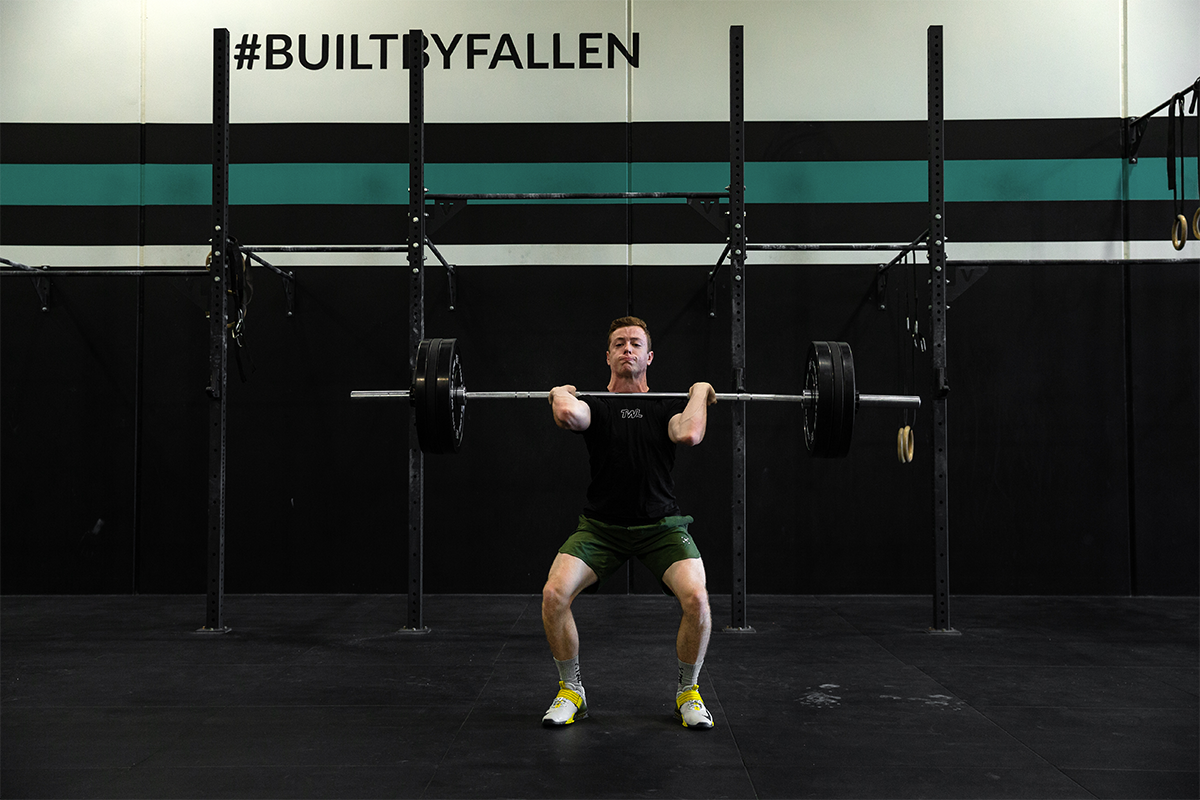Discovering Olympic weightlifting is a beautiful gift. You might be thinking you’ve totally fallen in love — and the sport is so amazing that you could — but there are a few things the veterans of weightlifting know that no one else tells you about.
The two lifts in weightlifting, the snatch and clean and jerk, are unlike any other exercise performed in a typical gym. The lifts are highly technical and combine several movements into one, making them some of the most difficult and unique movement patterns you can master.
If we could impart some advice from bona fide weightlifters, it would be these five things no one tells you about Olympic weightlifting.
https://www.instagram.com/p/B0uLgNigB0p/
5 Things No One Tells You About Olympic Weightlifting
1. PRs Happen Less and Less Over Time
Initially, achieving personal records might come easy, but this is because you’re starting the sport with little to no experience. Thus, literally everything is a PR. Don’t expect this to continue at this rate, because as you improve, it’ll happen less often. Initial performance in lifting is not a sign of future performance.
We’ve all known someone who loved Olympic weightlifting until they realized they couldn’t set PRs at the same rate as they did in their first year of training. Then, all of the sudden, it’s common for the sport to lose its sparkle.
It’s common in lifting to fight for months or even years for a single kilo improvement. Weightlifting is a long-term game; put your head down and get the work done to find success.
Never forget this: Progress isn’t linear. There are ups and downs the whole way.
2. You’ll Experience a Whole New Kind of Fatigue
We’re referring to nervous system fatigue, which is in addition to muscle fatigue and delayed onset muscle soreness. The loads being moved in weightlifting and the explosiveness of the movements demand huge adaptations from the nervous system. The central nervous system is responsible for getting motor units firing and increasing the force generated at maximal speeds. There is also intra-muscular and inter-muscular coordination — that is, the CNS coordinating how and when muscle fibers contract to produce the desired movement.
View this post on Instagram
Ever notice you’re shaking even when the load isn’t that heavy? This is the nervous system learning the movement pattern and trying to coordinate what you are asking of it. Have you ever felt your body simply block the movements, like choking on a pull? This is the nervous system giving out, too tired to continue.
A clear sign of CNS fatigue is feeling training itself wasn’t particularly difficult but you still need to sleep extra hours. Give yourself time and space to rest. Eat healthy fats and vitamin- and mineral-rich foods to assist your nervous system in healing and resting.
3. Consistency Beats Out Talent Every Day
The best way to describe people who succeed in weightlifting is that they have “grit.” According to the Oxford dictionary, grit is “courage and resolve, strength of character.” Talented athletes do not always become the best weightlifters because no matter how talented a person is, weightlifting is about being persistent. There is no off-season, training can be grueling, and it isn’t a game like many other sports. Having grit is the ability to persist through the hard times and stick to one’s goal, undeterred.
Staying persistent means training regularly and consistently, showing up even when you don’t feel like it, listening to your coach, and giving every rep your all.
4. It Takes 10,000 Repetitions to Master a Lift
You’ll need to be patient with your lifts. You need 10 times the training sessions to understand these movements compared to any other exercise. Learning weightlifting is more akin to learning an instrument than an exercise.
View this post on Instagram
Repetition of the movement pattern as frequently as possible (loading is less important than consistency) is the best way to master the lifts. The elements of each lift are like learning chords on a piano. Perhaps you can hit the chord individually, but to smooth it out into a song takes hours of practice and years of dedication. Counting your repetitions each session is a measure of the volume of training. You’ll notice, unlike walking, rowing, or squatting, you are performing very few repetitions each training.
On a similar note, don’t underestimate practicing said repetitions with an empty bar or even a PVC pipe. Muscle memory is a game-changer, and when you practice with proper form, you’ll only be rewarded.
5. The Jerk Requires as Much Dedication as the Snatch
The jerk is sometimes treated as an afterthought. This is partially because you can get away with poor technique quite a bit in the beginning, while the weight is light. Unilateral imbalances, poor mobility of the hips and shoulders, and poor overall technique will start to have an effect on training as loads approach true max.
At maximum loads, it’s a shame to wrestle with a heavy clean only to miss the split jerk. Spend time mastering foot placement and the mechanics of the lift at 90%RM by working off jerk boxes. Trying to correct the jerk with pressing or push pressing is a common mistake. To master the jerk… you should jerk!
It’s not just about overhead strength, either. Special attention must be paid to footwork. That’s where everything starts.
What else would you add to this list? Tell us in the comments below!

















